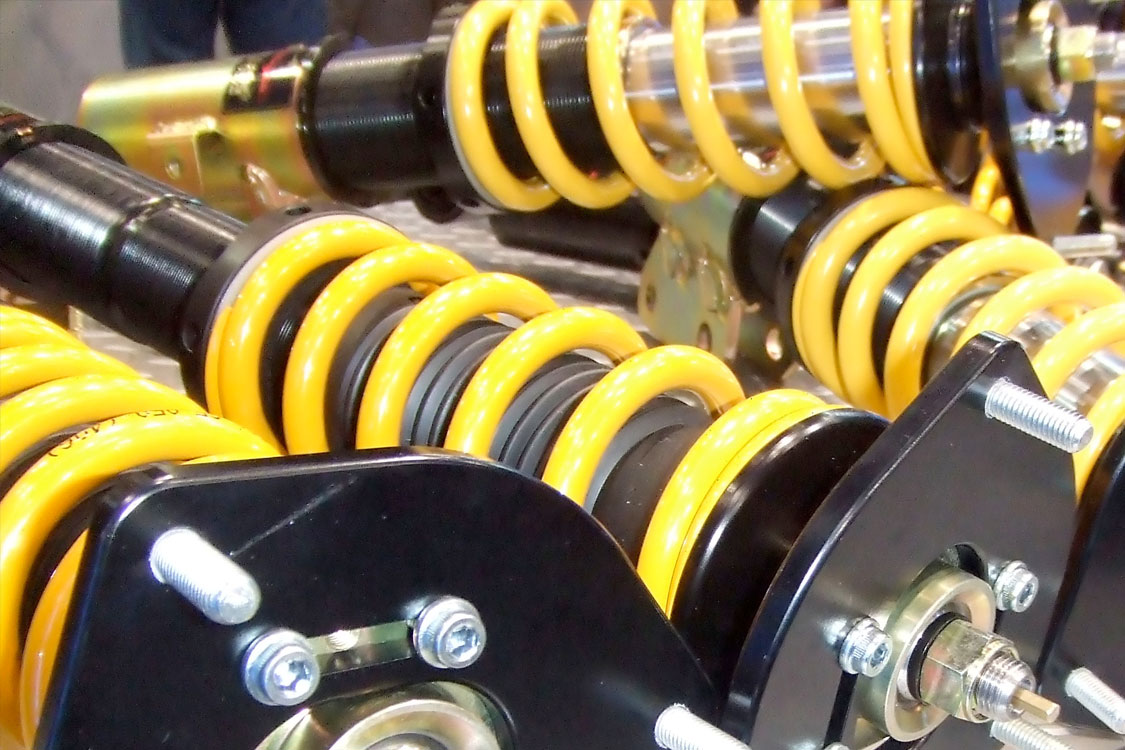
Shocks and Struts
You need new shocks (and/or struts) if your original shocks (or struts) are worn out, damaged or leaking. Leaking is easy enough to see (just look for oil or wetness on the outside of the shock or strut) as is damage (broken mount, badly dented housing, etc.). But wear is often more of a subjective thing to judge. There are also instances where the original equipment shocks may not be worn, damaged or leaking, but may not be adequate for the job they’re being asked to do.
Shocks and struts do not require replacing at specific mileage intervals like filters or spark plugs, but they do wear out and eventually have to be replaced. One way to evaluate your need for new shocks or struts is to consider how your vehicle has been handling and riding lately. A “bounce test” is still a valid means of checking the dampening ability of shocks and struts. If the suspension continues to gyrate more than one or two times after rocking and releasing the bumper or body, your shocks or struts are showing their age and need to be replaced.
Weak shocks and struts won’t necessarily create a driving hazard if you continue to drive on them, but there are studies that show worn shocks increase the distance it takes to stop a vehicle on a rough surface. Increased body sway due to weak shocks or struts can also increase the risk of skidding on wet or slick surface.
Ask to have your shocks and/or struts checked on your next visit.
